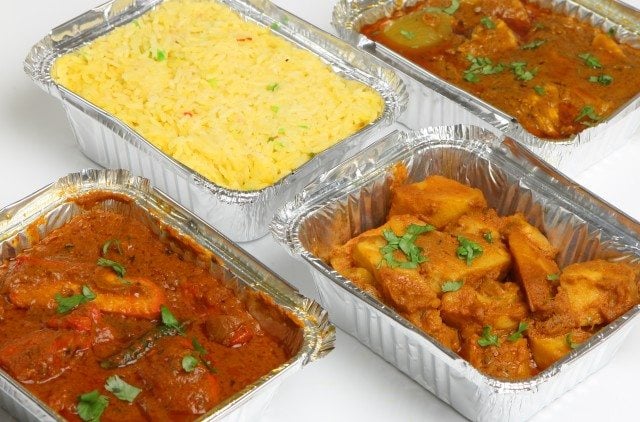The global frozen food market was valued at US$122.1 billion in 2013 and is expected to grow at a compound annual growth rate (CAGR) of 3.6% from 2014 to 2020, to reach an estimated value of US$156.4 billion in 2020, according to a report by Persistence Market Research.
Under regional segment, the European frozen food market the (largest market in 2013) increased by 2.8% CAGR during 2010-2013.
The Asia-Pacific frozen food market is expected to show highest CAGR growth of 6.0% during 2014-2020 to reach US$46,014.4 million in 2020.
Growth factors
Busy life schedule is influencing consumers to shift their dietary preferences towards ready-to-eat food products. Hence, frozen foods have become an important part of the modern diet.
Freezing or refrigeration allows consumers to have access to foods which were either unavailable or available only during a particular season.
Also, freezing helps the consumers to preserve their food products for future use.
The availability of a wide range of frozen food products in different food categories is the factor driving the global frozen food market.
Other driving factors are changing customer purchasing pattern and increasing urban population.
Additionally, the increasing number of working women is driving the global frozen food market, as majority of working women in the western countries do not cook food at home.
Europe has the largest market share for frozen food, followed by North America and Asia Pacific.
In Asia Pacific, economic developments paired with increasing urbanization and disposable income are some factors driving the frozen food market in the region.
Owing to these factors, Asia Pacific is expected to witness the highest growth in the forecast period.










